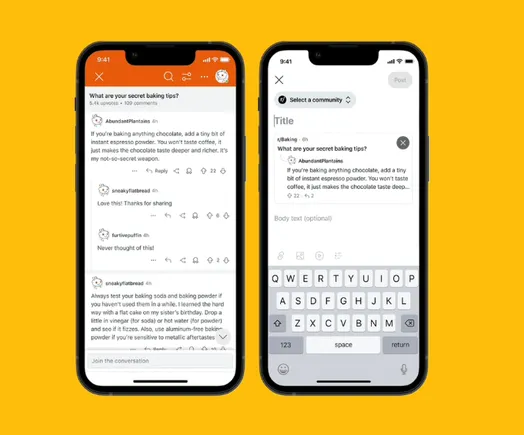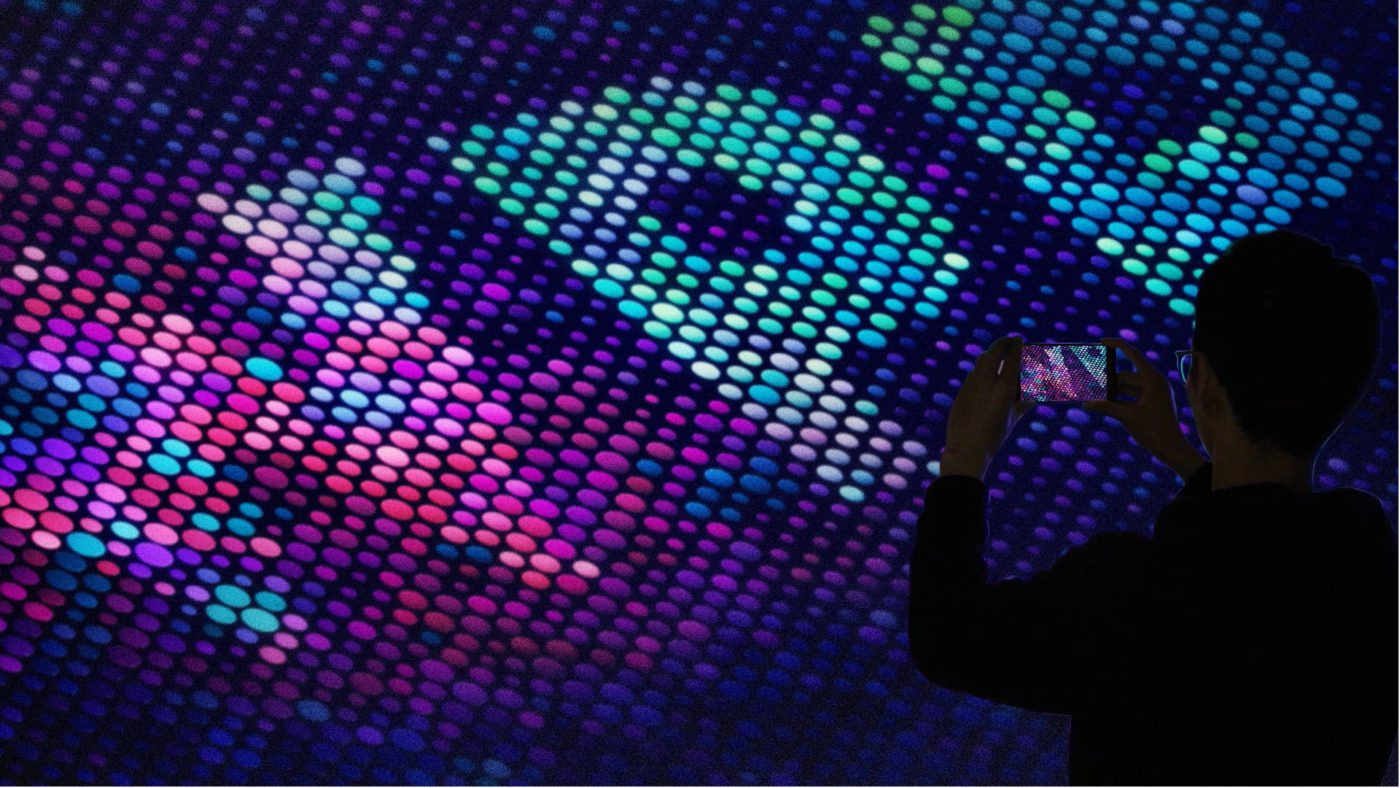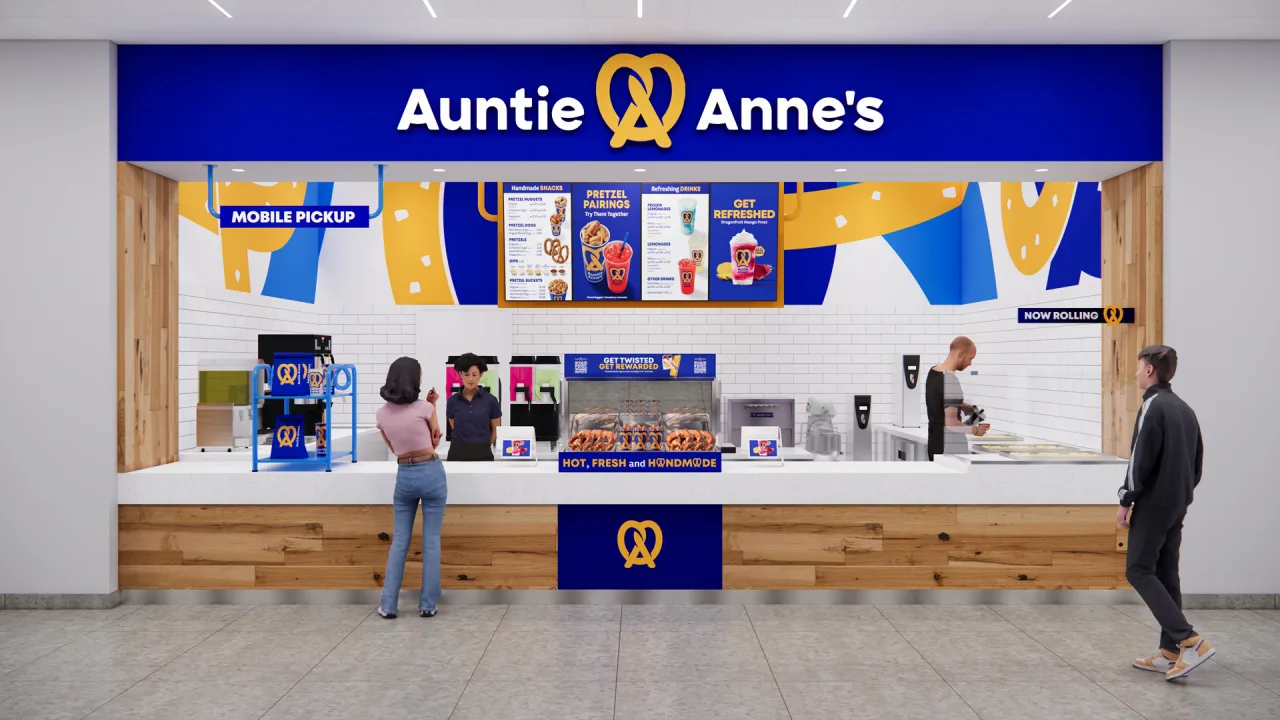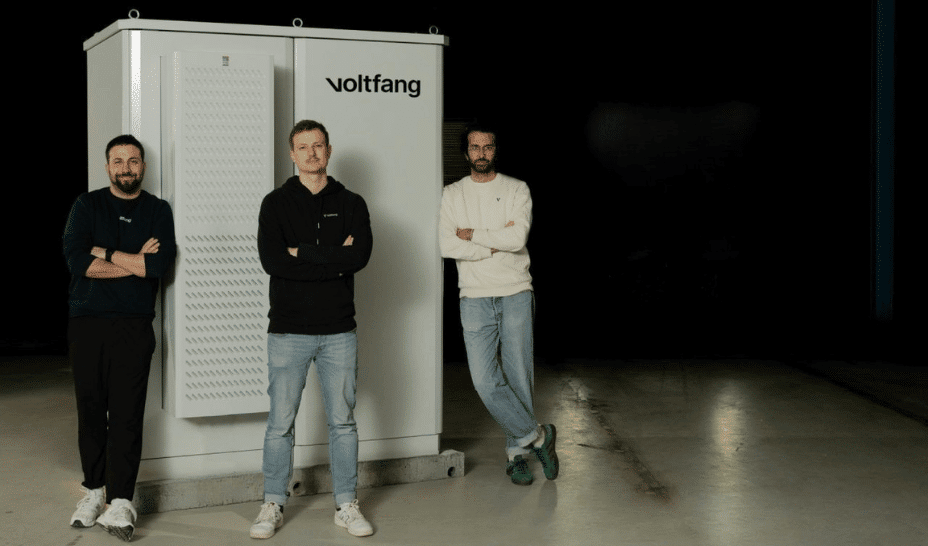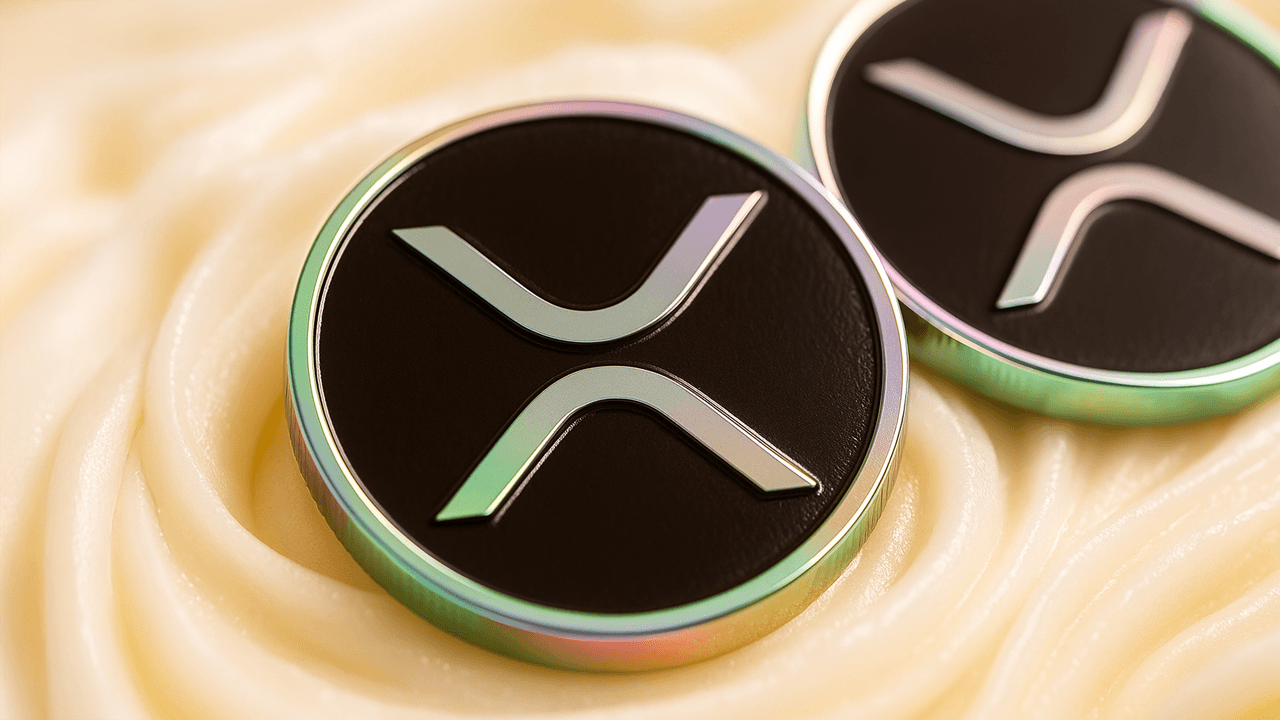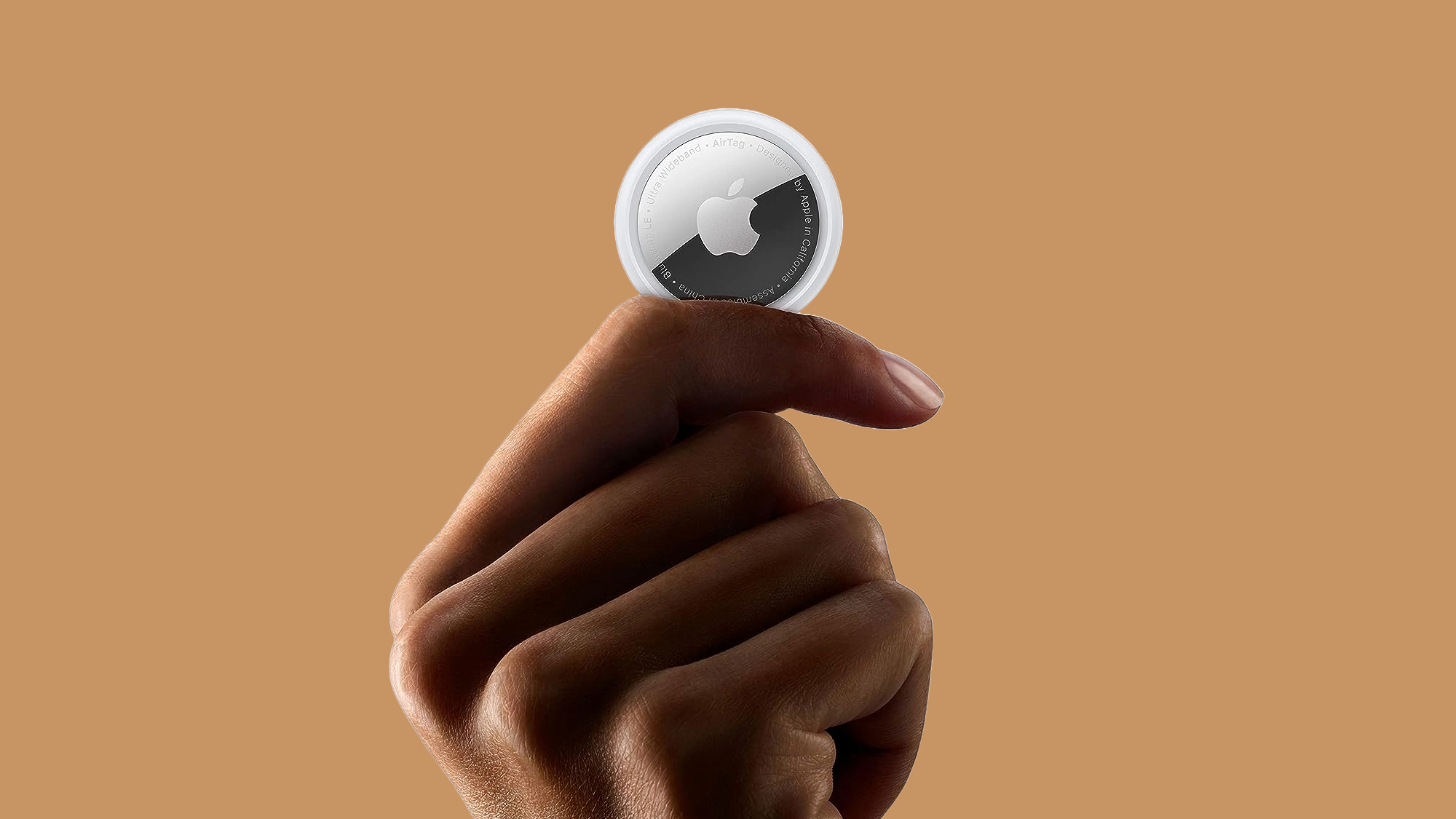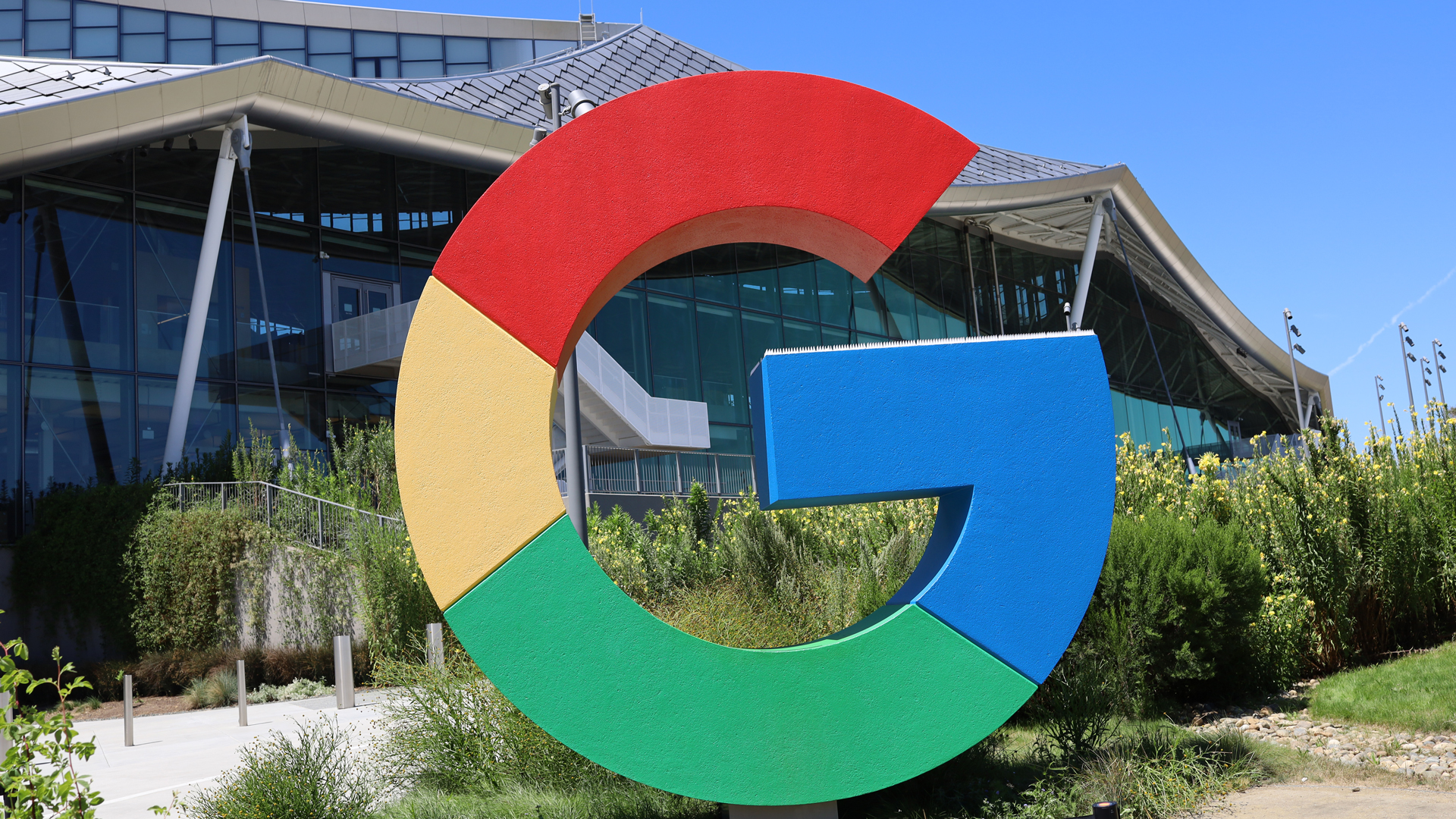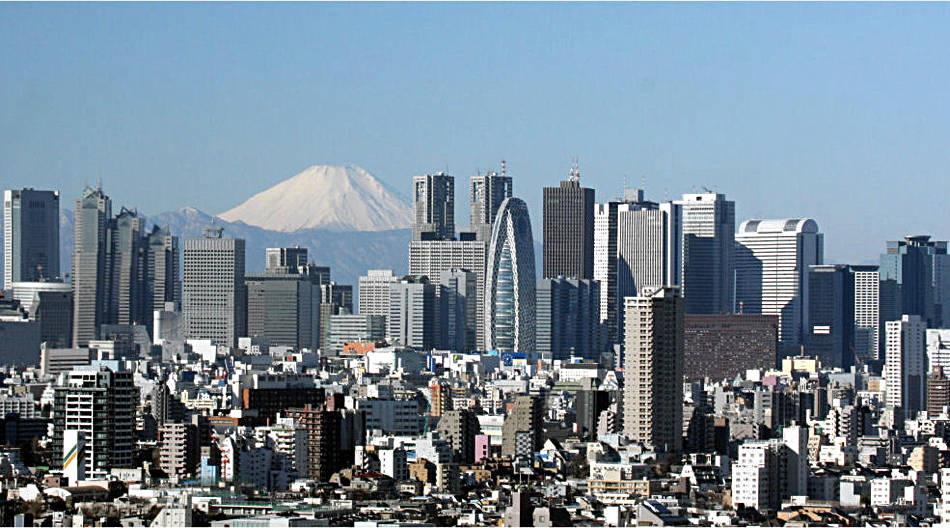Why Cars Are Designed With Faces: The Psychology Behind the Grin, Snarl, and Stare
Look at a car. Really look at it. Chances are, your brain immediately sees something familiar: a face. From the cheerful headlights of a Mazda...
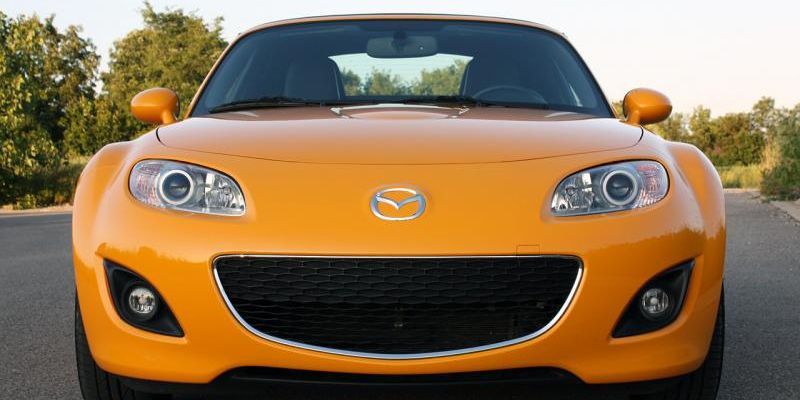

Look at a car. Really look at it. Chances are, your brain immediately sees something familiar: a face. From the cheerful headlights of a Mazda Miata to the scowling glare of a Lamborghini, vehicles seem to emote. But that’s not by accident. In fact, cars are deliberately designed with facial features to evoke emotion, identity, and connection. Welcome to the fascinating, slightly unhinged world where automotive design meets human psychology.
We see faces. Everywhere.
There’s a name for this brain quirk: pareidolia, the tendency to perceive a familiar pattern, like a face, where none actually exists. It’s the reason we see a man in the moon or a horrified expression in a wall socket. Why does our brain do this? Evolution. Our ancestors needed to spot threats fast, whether it was a face in the bushes or a predator lurking nearby. The better we got at recognizing faces, the better we survived.
This instinct is so ingrained that even infants prefer face-like images. Two dots and an arc? Boom—your brain sees a face. Make that arc curve upward or downward, and you’ll even feel its mood change. This emotional readout happens so quickly that it affects how we judge everything from people to products. Including cars.
From headlights to human traits
Car designers have long tapped into this instinct, turning vehicle fronts into expressive characters. The headlights become eyes. The grille acts as a mouth. Logos double as noses. The arrangement, size, and shape of these features determine whether a car looks aggressive, friendly, luxurious, or quirky.
- Round headlights = Friendly, childlike, approachable.
- Sharp, narrow headlights = Angry, fast, assertive.
- Large grilles = Powerful, dominant.
- Soft curves = Comfort and safety.
- Hard edges = Speed and precision.
It’s no coincidence that sports cars snarl and family hatchbacks used to smile. A Lamborghini Huracán’s sneer tells you it’s a beast. A Volkswagen Beetle’s wide-eyed charm reassures you it won’t bite.
Why are cars getting angrier?
Back in the early 2000s, even commuter cars like the Toyota Corolla or Honda Civic had gentle, rounded faces. But fast-forward to 2025, and they’ve all adopted sharper, more aggressive looks. Why the shift?
- LED lighting tech allows designers to craft sleeker, more intense shapes.
- Social media influence means designs must pop in images and thumbnails.
- Market trends show consumers associate aggressive styling with innovation and modernity.
- EV revolution removed the need for functional grilles, opening new creative frontiers.
And so, ironically, the rise of quiet, eco-conscious EVs triggered one of the most visually aggressive eras in car design. Tesla's faceless minimalism sparked controversy at first, but brands like BYD, Nio, and Polestar took the baton and ran with jagged, angular styling that screamed futuristic dominance.
Brand identity: faces you can trust
Facial design isn’t just about emotion—it’s about recognition. Every automaker has its own “face DNA” that consumers can spot instantly:
- BMW: Kidney grilles.
- Audi: Single-frame grilles.
- Porsche: Quad-light clusters.
- Mercedes: Three-pointed star flanked by stately eyes.
These features remain consistent across models, even as technology and form evolve. EV or not, brands keep their face intact. BMW’s massive grille might not cool anything anymore, but it cools customer anxiety by looking familiar.
The future: emotional intelligence on four wheels
As cars move toward autonomy, we may see even more dynamic facial expressions:
- Mood-adaptive fronts that light up warmly when idle and focus sharply in motion.
- Interactive signals for pedestrians and other drivers.
- Robotaxis with animated, humanized displays to ease trust and reduce fear.
A future where your car smiles at you in the morning? Entirely possible.
